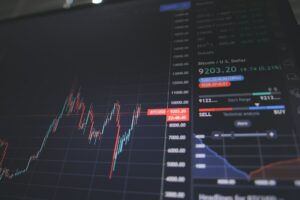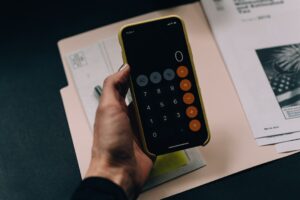The Role of Leverage in Forex Trading Profitability
Forex trading is a popular investment option that allows individuals to speculate on the fluctuations in currency prices. With the potential for high returns, it has attracted many traders looking to make a profit. However, one of the key factors that can greatly impact profitability in forex trading is leverage.
Leverage is a tool provided by brokers that enables traders to control larger positions in the market with a smaller amount of capital. It essentially magnifies the potential gains or losses of a trade. For example, with a leverage ratio of 1:100, a trader can control a position worth $100,000 with just $1,000 of their own capital.
The use of leverage can significantly increase the potential for profits in forex trading. By controlling larger positions, traders can take advantage of even the smallest price movements in the market. This means that a trade that would yield a 1% return without leverage could potentially generate a 100% return with a leverage ratio of 1:100.
However, it is important to note that leverage is a double-edged sword. While it can amplify profits, it can also magnify losses. This means that even a small adverse price movement can result in significant losses if high leverage is used. Therefore, it is crucial for traders to understand the risks associated with leverage and use it responsibly.
One of the key considerations when using leverage is the concept of margin. Margin is the amount of money that traders need to have in their trading account in order to open and maintain a leveraged position. It acts as a safety net for brokers to protect themselves from potential losses incurred by traders.
Margin requirements vary depending on the leverage ratio and the currency pair being traded. Higher leverage ratios typically require lower margin requirements, while lower leverage ratios require higher margin requirements. For example, a leverage ratio of 1:100 may require a margin of 1% of the total position size, while a leverage ratio of 1:50 may require a margin of 2%.
Traders should always ensure that they have sufficient margin in their account to cover their open positions. If the margin falls below the required level, brokers may issue a margin call, which requires traders to deposit additional funds or close out some of their positions to meet the margin requirements. Failure to do so may result in the automatic closure of positions by the broker.
To mitigate the risks associated with leverage, traders should employ risk management strategies. One such strategy is setting stop-loss orders. A stop-loss order is an instruction to automatically close a position when the market reaches a certain price level. By setting a stop-loss order, traders can limit their potential losses and protect their capital.
Another risk management technique is proper position sizing. Traders should only risk a small percentage of their trading capital on each trade. This ensures that even if a trade goes against them, the impact on their overall capital is limited. A common rule of thumb is to risk no more than 1-2% of the trading capital on any single trade.
In conclusion, leverage plays a significant role in forex trading profitability. It allows traders to control larger positions and potentially amplify profits. However, it is important to use leverage responsibly and understand the risks involved. Traders should always consider their risk tolerance, employ risk management strategies, and have a thorough understanding of margin requirements. By doing so, they can maximize their chances of success in the forex market.





